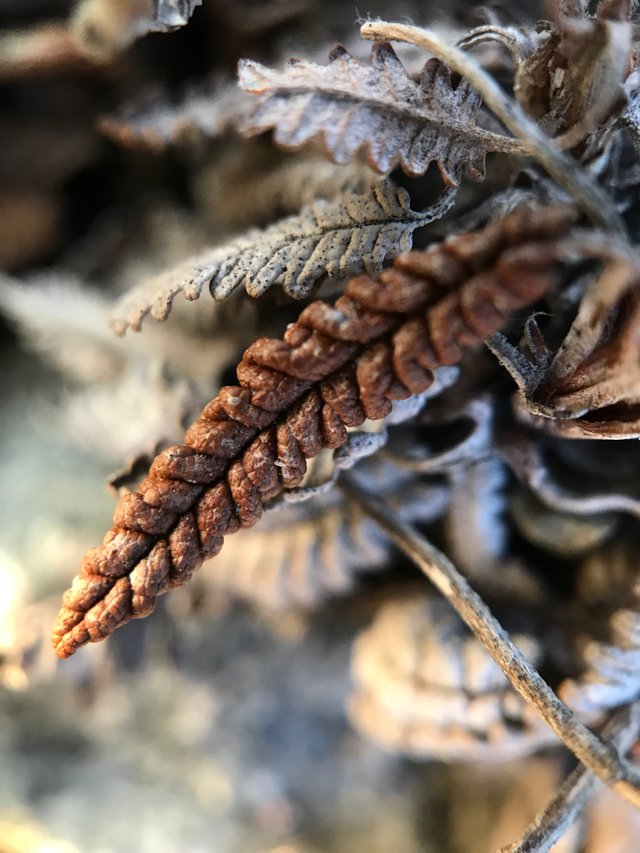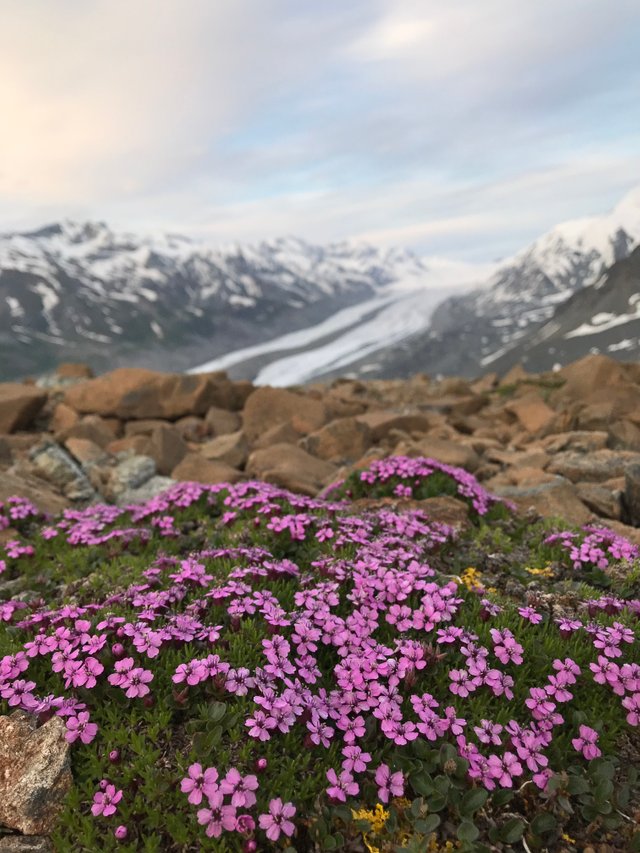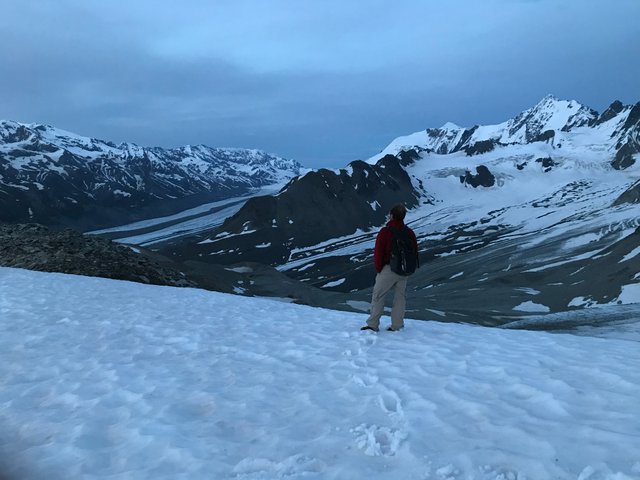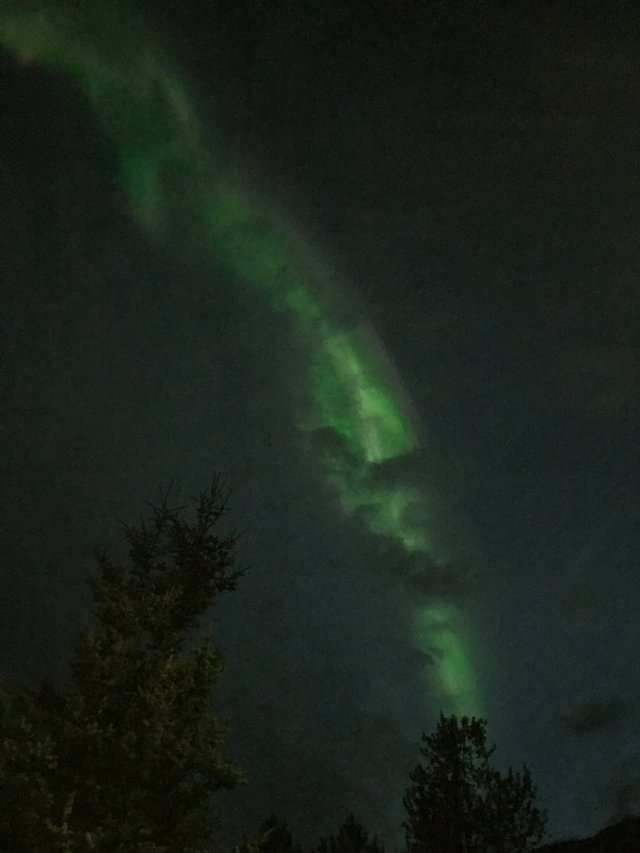The most fascinating aspect of living in the subarctic is watching how the seasons creep into each other like a swirling mixing of paint. One mountain might have alpine shrubs that are green, but along an exposed ridge the plants have already gotten cold and brown. A valley on the northern side of a mountain might be changing color, but the sunny cliffs above stay green a bit longer until their is a point where life cannot hold on any longer and the only color anywhere is brown (until the snow).
Fall colors in Alaska are really six weeks of randomness, influenced by elevation, the temperature of the season, geographic location, and more.

These tiny leaves are a great example. Low, in sun, but exposed to the winds off of a massive glacier. Meanwhile, 2,000 feet higher, in the sun but sheltered from the glacier wind, flowers:

And 1,000 feet higher still, ice:

As the leaves fade and go brown, a new green takes their place in the cold, evening hours:

This post also confirms that this platform does not know how to read image orientation data. :p
Congratulations @openearth! You received a personal award!
You can view your badges on your Steem Board and compare to others on the Steem Ranking
Do not miss the last post from @steemitboard:
Vote for @Steemitboard as a witness to get one more award and increased upvotes!
Downvoting a post can decrease pending rewards and make it less visible. Common reasons:
Submit
Congratulations @openearth! You received a personal award!
You can view your badges on your Steem Board and compare to others on the Steem Ranking
Vote for @Steemitboard as a witness to get one more award and increased upvotes!
Downvoting a post can decrease pending rewards and make it less visible. Common reasons:
Submit